How to Make a Quilted Table Runner: Simple Steps
Are you ready to transform your dining space with a stunning quilted table runner? Making one might seem daunting at first, but trust me, it’s a fun and rewarding project that can elevate your home decor. Whether you're a seasoned quilter or a complete newbie, this guide will walk you through each step, ensuring you create a beautiful piece that reflects your style. So, roll up your sleeves, grab your favorite fabric, and let’s dive into the world of quilting!
The first step in creating your quilted table runner is selecting the right fabric. This decision is crucial because the fabric will not only contribute to the aesthetics of your runner but also its durability. Think about the colors and patterns that resonate with your home decor. Do you prefer vibrant hues that pop or subtle tones that blend in? Additionally, consider the texture of the fabric; a soft cotton might give a cozy feel, while a sleek polyester could offer a more modern touch. Remember, you want your table runner to be both beautiful and functional!
Before you jump into the crafting phase, it’s essential to gather all your materials. This preparation will streamline your process and help you avoid any interruptions. Here’s a quick checklist of what you’ll need:
- Fabric: Choose a variety of fabrics for the top, backing, and binding.
- Batting: This is the padding that gives your runner its body.
- Thread: Make sure to select a thread that matches or complements your fabric.
- Tools: Essential tools include rotary cutters, rulers, a sewing machine, and pins.
Having everything at hand will make your quilting experience much more enjoyable!
When it comes to fabric, knowledge is power! Different types can drastically affect the look and feel of your table runner. Here’s a quick rundown of some popular fabric types:
| Fabric Type | Characteristics | Best For |
|---|---|---|
| Cotton | Soft, breathable, and easy to work with | Everyday table runners |
| Polyester | Durable and often wrinkle-resistant | Formal settings or high-traffic areas |
| Blends | A combination of cotton and polyester | Versatile projects |
Understanding these differences will help you choose the best fabric for your project!
Next up is batting, which plays a significant role in the runner's warmth and weight. You can find a variety of batting options, including cotton, polyester, and even wool. Each type brings its unique qualities:
- Cotton: Offers a soft feel and breathability.
- Polyester: Adds durability and resilience, perfect for busy households.
- Wool: Provides warmth and a luxurious touch.
Choose wisely based on your design and the intended use of your table runner!
Having the right tools can make all the difference in your quilting journey. Essential tools include:
- Rotary Cutter: For precise cuts.
- Rulers: To ensure accurate measurements.
- Sewing Machine: For stitching your pieces together.
Investing in quality tools will help you achieve a professional finish and make the process more enjoyable.
Lastly, let’s talk about your workspace. A well-organized area can enhance your quilting experience significantly. Make sure you have ample room to spread out your materials, good lighting to see your fabric colors clearly, and all your tools within reach. Think of your workspace as your creative sanctuary—where inspiration flows freely, and every stitch brings you closer to your masterpiece!
Now that you’ve got your materials and workspace ready, it’s time to cut and piece your fabric. Accurate cutting is vital for a successful quilted table runner. Follow precise measurements and techniques to ensure your pieces fit together seamlessly. Remember, the more accurate your cuts, the better your finished product will look!
Mastering measuring and cutting techniques is essential for accuracy. Use a rotary cutter and mat to achieve clean edges and consistent sizes. Think of it like baking; if you don’t measure your ingredients correctly, your cake might not rise! So, take your time and enjoy the process.
Once your fabric is cut, it’s time to piece it together. Understanding basic sewing techniques is key. Pay attention to seam allowances and pressing techniques to create a flat, professional finish. Think of your sewing machine as your trusty sidekick, guiding you through each step of this creative adventure!
After assembling your pieces, it’s time to quilt! This step adds texture and stability to your table runner, enhancing its overall appearance while securing the layers together. Think of quilting as the icing on the cake—essential for a finished look!
Selecting a quilting pattern can add visual interest to your table runner. Explore options like straight-line, free-motion, or decorative stitching to find a style that suits your design. Each pattern tells a story, adding depth and character to your creation!
Proper layering and basting are crucial for successful quilting. Learn how to arrange your fabric, batting, and backing, securing them to prevent shifting during quilting. This step is like laying the foundation of a house; it needs to be solid for everything else to stand tall!
The final touches can elevate your quilted table runner from good to great. Binding and adding embellishments will give your project a polished look. Think of it as accessorizing an outfit; the right details can make all the difference!
Binding is the final step that frames your table runner. Explore different binding methods, such as double-fold or bias binding, to create a clean, finished edge. This is your chance to add that perfect finishing touch!
Finally, personalize your table runner with embellishments like appliqué, embroidery, or decorative stitching. These details showcase your creativity and make your project truly one-of-a-kind. Remember, it’s your creation—let your personality shine through!
Q1: How long does it take to make a quilted table runner?
A: The time varies depending on your skill level and design complexity, but typically it can take anywhere from a few hours to a couple of days.
Q2: Can I use old fabric for my table runner?
A: Absolutely! Upcycling old fabric can add character to your project, just make sure it's in good condition.
Q3: What is the best way to care for my quilted table runner?
A: It's best to follow the care instructions for the fabric used. Generally, gentle washing and air drying are recommended to maintain its beauty.
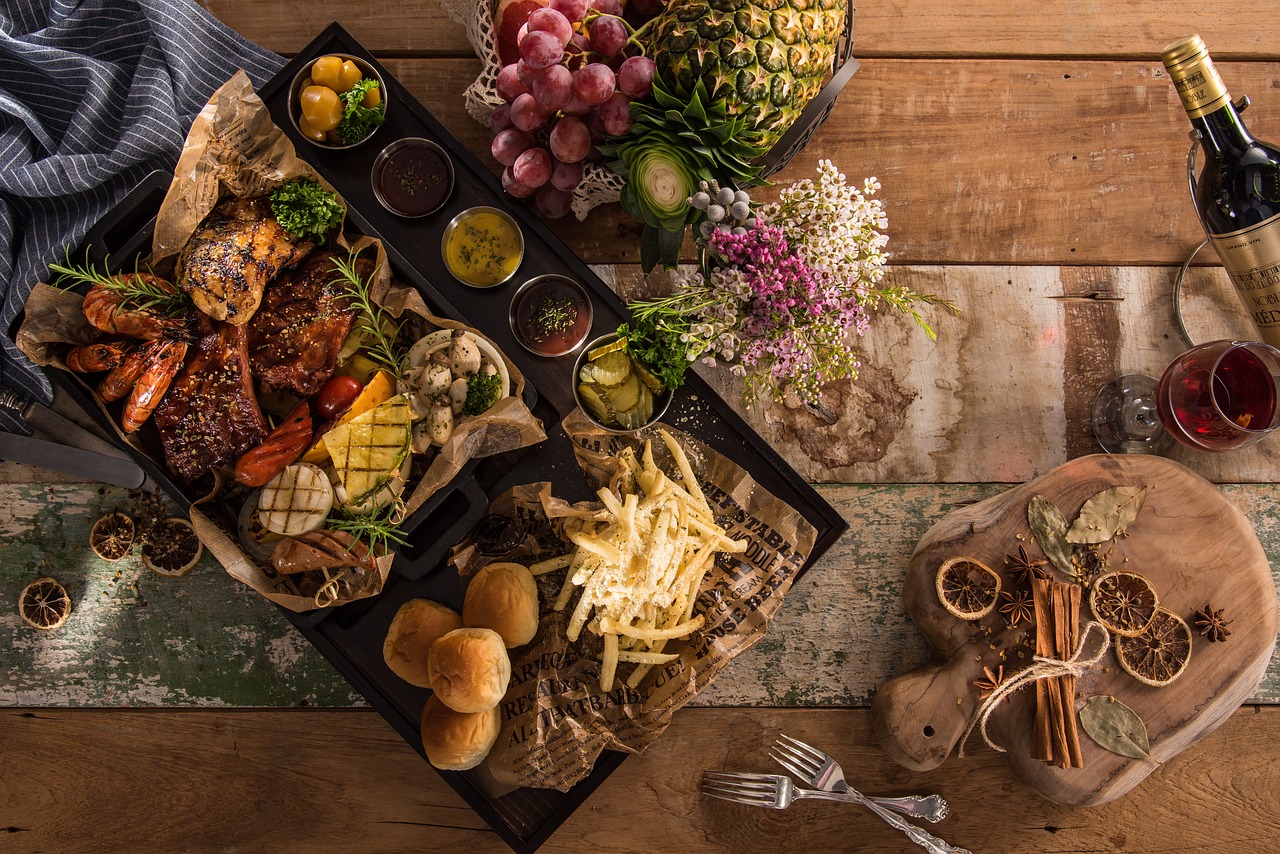
Choosing the Right Fabric
When it comes to creating a quilted table runner, is absolutely essential. The fabric you select not only impacts the aesthetic appeal of your project but also its durability and functionality. So, how do you pick the perfect fabric? First, consider the color palette that complements your home decor. Are you looking for something vibrant to make a statement, or do you prefer muted tones for a more subtle look? The choice is yours!
Next, think about the pattern. Fabrics come in a myriad of designs, from floral to geometric, and everything in between. A well-chosen pattern can enhance the overall look of your table runner, adding depth and interest. For instance, if your dining area is adorned with solid colors, a patterned fabric could serve as a fantastic focal point.
Texture is another crucial factor. Different fabrics have distinct feels, and this can affect not just the appearance but also the usability of your table runner. A soft, textured fabric may feel cozy and inviting, while a smoother fabric might lend a more elegant touch. Consider how you want your table runner to feel when it's draped across your table.
Now, let's dive into some popular fabric types you might consider:
- Cotton: This is the most common choice for quilting. It's easy to work with, comes in various prints, and is durable.
- Polyester: Often more affordable, polyester fabrics are less prone to wrinkling and can be quite vibrant in color.
- Blends: These fabrics combine the best of both worlds, offering the softness of cotton with the durability of polyester.
Ultimately, the fabric you choose should resonate with your personal style and the atmosphere you want to create in your space. Don’t be afraid to experiment with different combinations! Remember, a quilted table runner is not just a functional piece; it’s a chance to express your creativity and enhance your home.
Q: Can I use any fabric for my table runner?
A: While you can technically use any fabric, it's best to choose those that are durable and easy to clean, especially if your table runner will be used regularly.
Q: How do I know if the fabric is suitable for quilting?
A: Look for fabrics that are specifically labeled for quilting. Typically, these are 100% cotton or cotton blends that provide the right amount of durability and flexibility.
Q: Should I pre-wash my fabric before sewing?
A: Yes, pre-washing your fabric can help prevent shrinkage and color bleeding after your table runner is completed.

Gathering Necessary Materials
Before diving into the exciting world of quilting, it’s essential to gather all the necessary materials to ensure a smooth crafting experience. Think of this stage as laying the foundation for a beautiful house; without the right tools and supplies, your project may not turn out as envisioned. So, let's get started on what you'll need!
First and foremost, you'll need fabric. Choosing the right fabric is crucial because it not only dictates the overall look of your table runner but also its durability. You can opt for cotton, which is a popular choice due to its breathability and ease of handling. Polyester is another option, known for its durability and wrinkle resistance. If you're feeling adventurous, consider fabric blends that combine the best of both worlds!
Next up on the list is batting. This is the layer that adds warmth and thickness to your runner. You have various options to choose from, including cotton, polyester, and wool. Each type of batting has its unique characteristics: cotton is breathable and gives a soft feel, while polyester is lightweight and offers durability. Wool, on the other hand, provides excellent insulation. So, which one will you choose for your masterpiece?
Of course, you can't forget about thread. Selecting the right thread is just as important as choosing the fabric. You’ll want to pick a thread that complements your fabric and can withstand the wear and tear of daily use. Cotton thread is often favored for quilting due to its strength and ability to blend seamlessly with fabric.
Now, let’s talk about the tools you'll need. Having the right tools can make your quilting journey much more enjoyable. Essential tools include:
- Rotary cutter: This handy tool allows for precise cutting of fabric pieces.
- Cutting mat: A cutting mat protects your surfaces and provides a grid for accurate measurements.
- Rulers: Clear acrylic rulers help ensure your cuts are straight and even.
- Sewing machine: A reliable sewing machine will make piecing your fabric together a breeze.
- Iron: Pressing your seams as you go is vital for achieving a professional finish.
Finally, consider your workspace. A well-organized area can significantly enhance your quilting experience. Make sure you have ample room to cut and sew, good lighting to see your fabric clearly, and all your materials within arm's reach. This preparation will allow you to focus on the creative process without unnecessary interruptions.
By gathering all these materials and tools, you'll be setting yourself up for success. Remember, the more prepared you are, the more enjoyable your quilting journey will be. So, take a moment to check off your list and get ready for the fun ahead!
Q: What type of fabric is best for a table runner?
A: Cotton is generally the best choice due to its durability and ease of handling. However, blends can also work well depending on your design.
Q: How do I choose the right batting?
A: Consider the desired warmth and weight of your table runner. Cotton batting is soft, while polyester is lightweight and durable. Wool offers excellent insulation.
Q: What tools are absolutely necessary for quilting?
A: The essential tools include a rotary cutter, cutting mat, rulers, sewing machine, and iron.
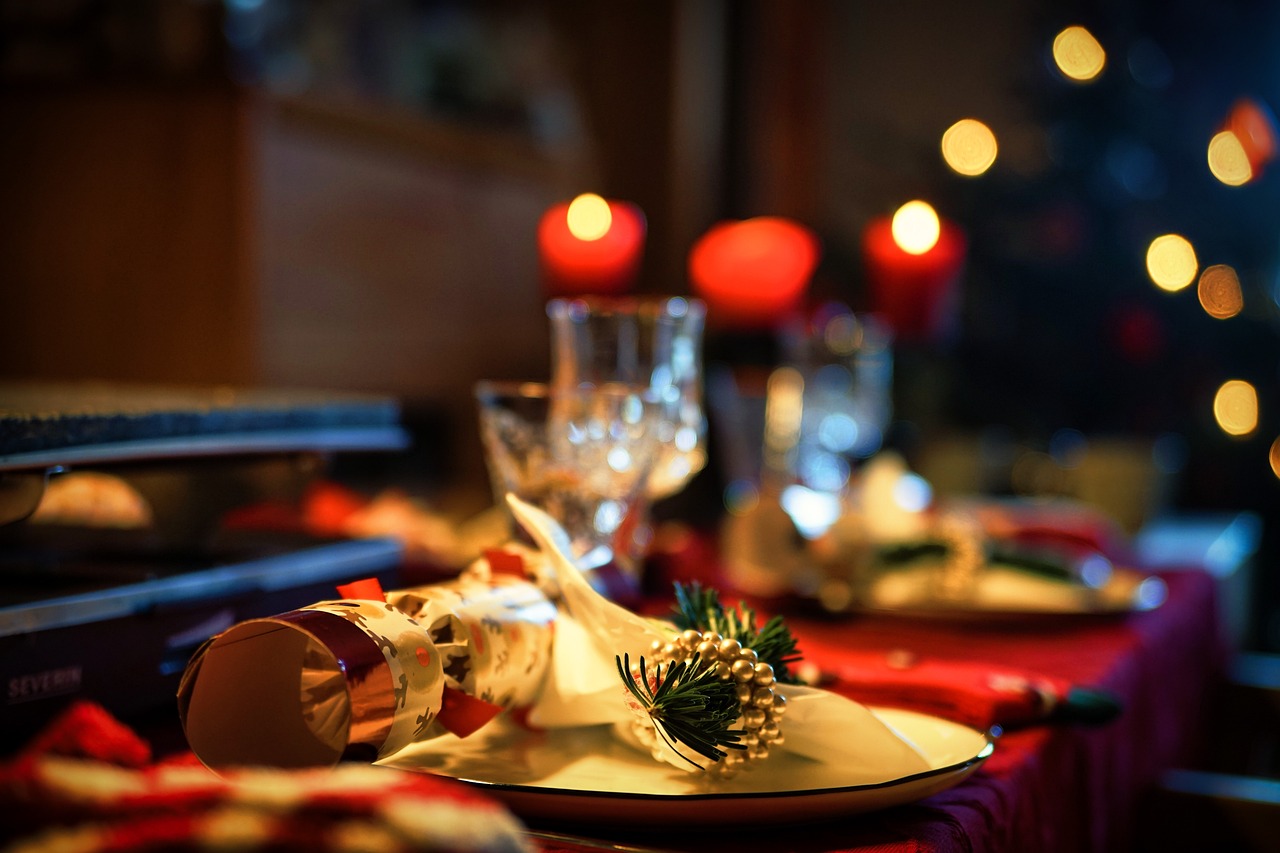
Understanding Fabric Types
When you're diving into the world of quilting, one of the first and most crucial decisions you’ll make is selecting the right fabric. This choice can significantly affect not only the visual appeal of your quilted table runner but also its durability and texture. Let's break down the most common fabric types you'll encounter, so you can make an informed decision.
Cotton is the go-to fabric for quilters, and for good reason. It's soft, breathable, and comes in a vast array of colors and patterns. Plus, cotton holds its shape well, making it an excellent choice for piecing and quilting. Whether you opt for 100% cotton or a cotton blend, you can expect a comfortable and easy-to-work-with material. However, be wary of the weight; lighter cottons might not provide the stability you need for a table runner that will see regular use.
On the other hand, polyester fabrics are a fantastic alternative if you're looking for something more durable. Polyester is less prone to wrinkling and fading, which means your beautiful table runner will maintain its vibrant colors over time. It’s also often more affordable than cotton, making it a budget-friendly option. However, keep in mind that polyester can sometimes feel less breathable, which might not be ideal for all projects.
Another option worth considering is blended fabrics, which combine the best of both worlds. These fabrics typically mix cotton and polyester, offering the softness and breathability of cotton while enhancing durability and wrinkle resistance. Blends can be particularly useful for projects that require a bit of stretch or flexibility, making them a versatile choice for your quilting endeavors.
To help you understand the differences better, here’s a quick comparison table:
| Fabric Type | Pros | Cons |
|---|---|---|
| Cotton | Soft, breathable, wide variety | Can wrinkle, may not be as durable |
| Polyester | Durable, wrinkle-resistant, affordable | Less breathable, can feel synthetic |
| Blended Fabrics | Combines pros of cotton and polyester | Quality can vary, may not be as soft as pure cotton |
Ultimately, the fabric you choose should align with your project’s needs and your personal style. Don't hesitate to feel the fabric in person if possible, as this will give you a better sense of its texture and weight. Remember, quilting is as much about the journey as it is about the finished product, so take your time in selecting the perfect fabric that speaks to you!
Q: Can I mix different fabric types in my table runner?
A: Yes, mixing fabric types can create interesting textures and visual appeal. Just ensure that the fabrics are compatible in terms of washing and care.
Q: How do I know if a fabric is suitable for quilting?
A: Look for fabrics that have a tight weave and are specifically labeled for quilting. Cotton and cotton blends are usually the best choices.
Q: What is the best fabric for beginners?
A: 100% cotton is often recommended for beginners due to its ease of handling and availability in various patterns and colors.
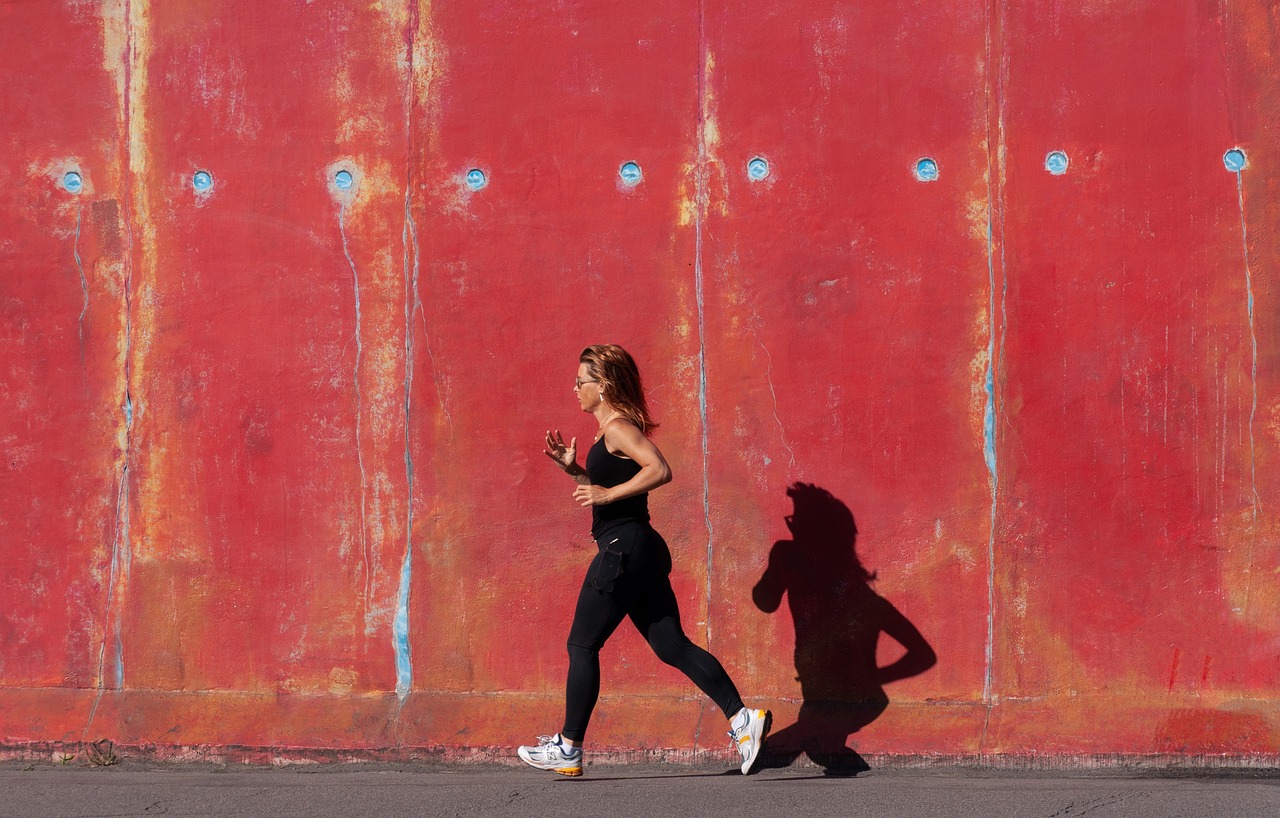
Choosing Batting Wisely
When it comes to creating a quilted table runner, one of the most essential components is the batting. This layer not only provides warmth and structure but also influences the overall look and feel of your finished piece. With so many options available, how do you choose the right batting for your project? Let’s break it down!
First, consider the material of the batting. The most common types include:
- Cotton Batting: This is a popular choice for its breathability and natural feel. Cotton batting tends to shrink slightly when washed, giving your quilt a lovely, crinkled appearance over time.
- Polyester Batting: Known for its durability and resistance to mold and mildew, polyester batting is often less expensive and easier to care for. It tends to hold its shape well, making it ideal for projects that will see a lot of use.
- Wool Batting: If you’re looking for warmth, wool batting is your best bet. It’s lightweight yet provides excellent insulation. However, it can be more expensive and requires careful washing.
- Blended Batting: This combines the best features of different materials, such as cotton and polyester, giving you a balance of softness, durability, and ease of care.
Next, think about the loft of the batting. Loft refers to the thickness of the batting and can greatly affect the texture of your table runner. A higher loft will create a puffier, more quilted look, while a low loft will give a flatter appearance. Depending on your design vision, you might choose:
- High Loft: Great for decorative quilts where texture is key.
- Low Loft: Perfect for a more streamlined, modern look.
Finally, consider the weight of the batting. Heavier batting can be excellent for table runners that need to withstand wear and tear, while lighter options might be better for seasonal decor that won’t see as much use. Always check the manufacturer’s recommendations for your specific project to ensure you select the best batting that aligns with your needs.
Choosing batting wisely can make a significant difference in the quality and longevity of your quilted table runner. Take your time to explore the options available, and don't hesitate to feel the materials in person if possible. Your table runner will not only be a functional piece but also a stunning addition to your home decor, showcasing your creativity and craftsmanship!
Q: Can I mix different types of batting in one project?
A: While it’s generally best to stick with one type of batting for consistency, some quilters have successfully mixed different types to achieve unique textures and effects. Just be mindful of how they will behave when quilted.
Q: How do I wash my quilted table runner?
A: Always check the care instructions for your specific batting. Generally, you can machine wash it on a gentle cycle, but it’s best to air dry to maintain its shape and texture.
Q: What batting should I use for a table runner that will be used daily?
A: For everyday use, consider using polyester batting for its durability and ease of care. If you prefer a more natural feel, cotton batting is also a great choice, just be aware of its tendency to shrink.
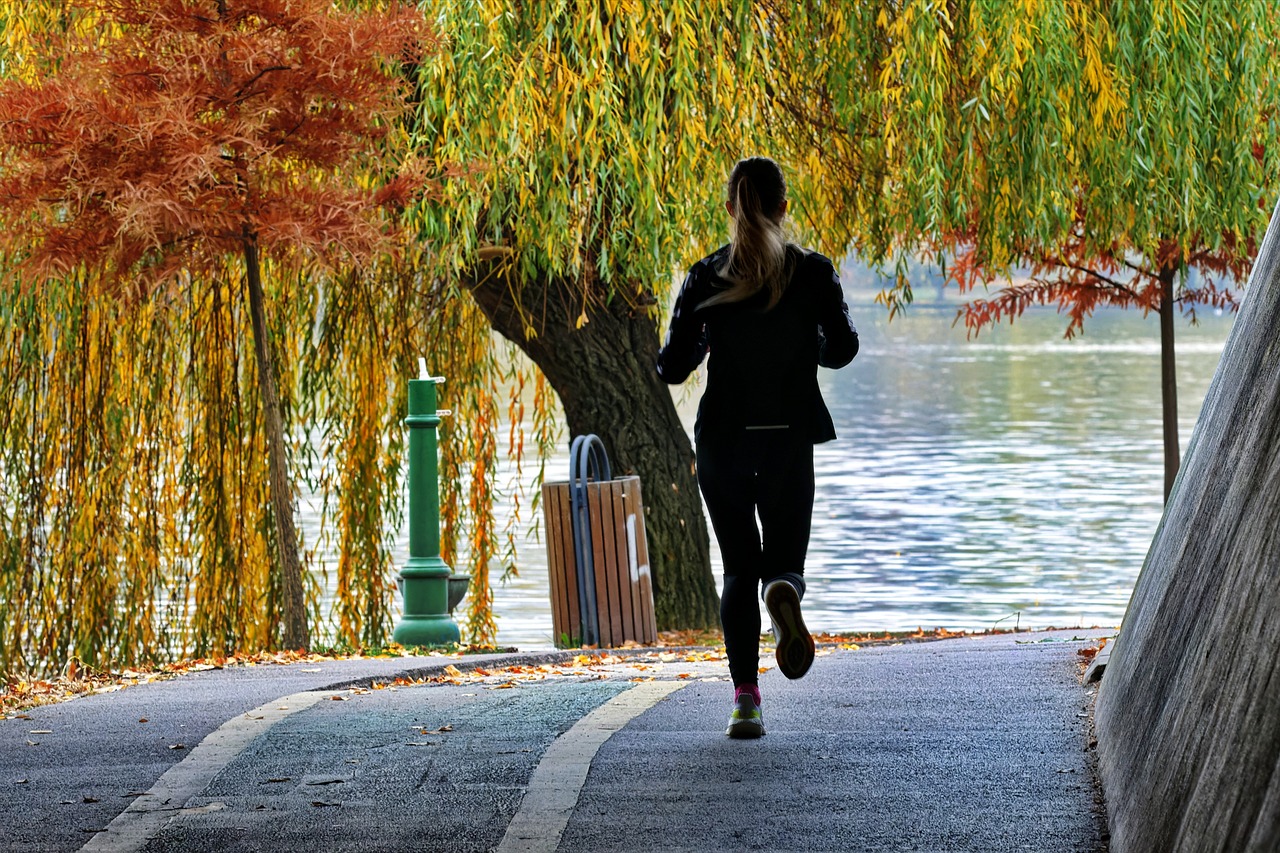
Essential Tools for Quilting
When diving into the world of quilting, having the right tools is like having a well-stocked toolbox for any DIY project. The right tools not only make the process smoother but also enhance the quality of your finished product. So, what do you need to get started? Let’s break it down!
First on the list is the rotary cutter. This handy tool is a game-changer for cutting fabric. Unlike traditional scissors, a rotary cutter allows you to make long, clean cuts with ease, which is essential for achieving precise shapes and sizes. Pair it with a cutting mat to protect your surfaces and keep your blades sharp. Both of these tools will save you time and ensure that your fabric pieces are cut accurately.
Next, you’ll need a ruler. A clear acrylic ruler with grid lines helps you measure and cut fabric accurately. Look for one that’s at least 6 inches wide and 24 inches long, as this will give you the versatility to handle various fabric sizes. You might also want to consider a square ruler for squaring up your blocks. Having these rulers on hand will make your cutting process straightforward and precise.
Of course, a sewing machine is the heart of your quilting setup. While any sewing machine can do the trick, a machine that allows for free-motion quilting can take your projects to the next level. Look for features like adjustable stitch length and speed, as well as a walking foot, which helps prevent fabric from shifting while you sew. If you’re just starting, don’t feel pressured to invest in the most expensive model; even a basic machine can work wonders with practice.
Thread is another crucial component. Opt for cotton thread for piecing and quilting, as it blends well with fabric and has less tendency to fray. Make sure to select a thread color that complements your fabric choices; this can make a significant difference in the overall look of your table runner. Remember, high-quality thread can improve your sewing experience and the durability of your project.
Finally, don’t underestimate the importance of pins and a seam ripper. Pins are essential for holding your fabric pieces together before sewing, preventing any unwanted shifts. A seam ripper, on the other hand, is your best friend when mistakes happen—it allows you to undo stitches quickly without damaging your fabric. Trust me; every quilter has a seam ripper in their arsenal!
In summary, having the right tools can significantly enhance your quilting experience. Here’s a quick recap of the essentials:
- Rotary cutter and cutting mat
- Acrylic rulers (long and square)
- Sewing machine (preferably with free-motion capabilities)
- Cotton thread
- Pins and seam ripper
With these tools in your quilting toolkit, you’ll be well on your way to creating stunning quilted table runners that not only look professional but also bring a personal touch to your home decor.
Q: Can I use any type of fabric for my table runner?
A: While you can technically use any fabric, cotton is highly recommended due to its durability and ease of use. It holds up well to washing and maintains its shape beautifully.
Q: How do I choose the right batting?
A: The choice of batting depends on the desired warmth and weight of your table runner. Cotton batting is breathable, while polyester batting is lighter and more resilient. Wool batting offers both warmth and a luxurious feel.
Q: What if I make a mistake while sewing?
A: Mistakes are a part of the learning process! Use your seam ripper to carefully remove stitches and try again. Practice makes perfect!
Q: How can I personalize my table runner?
A: You can add personal touches by incorporating appliqué, embroidery, or decorative stitching. These embellishments can showcase your creativity and make your table runner truly unique.
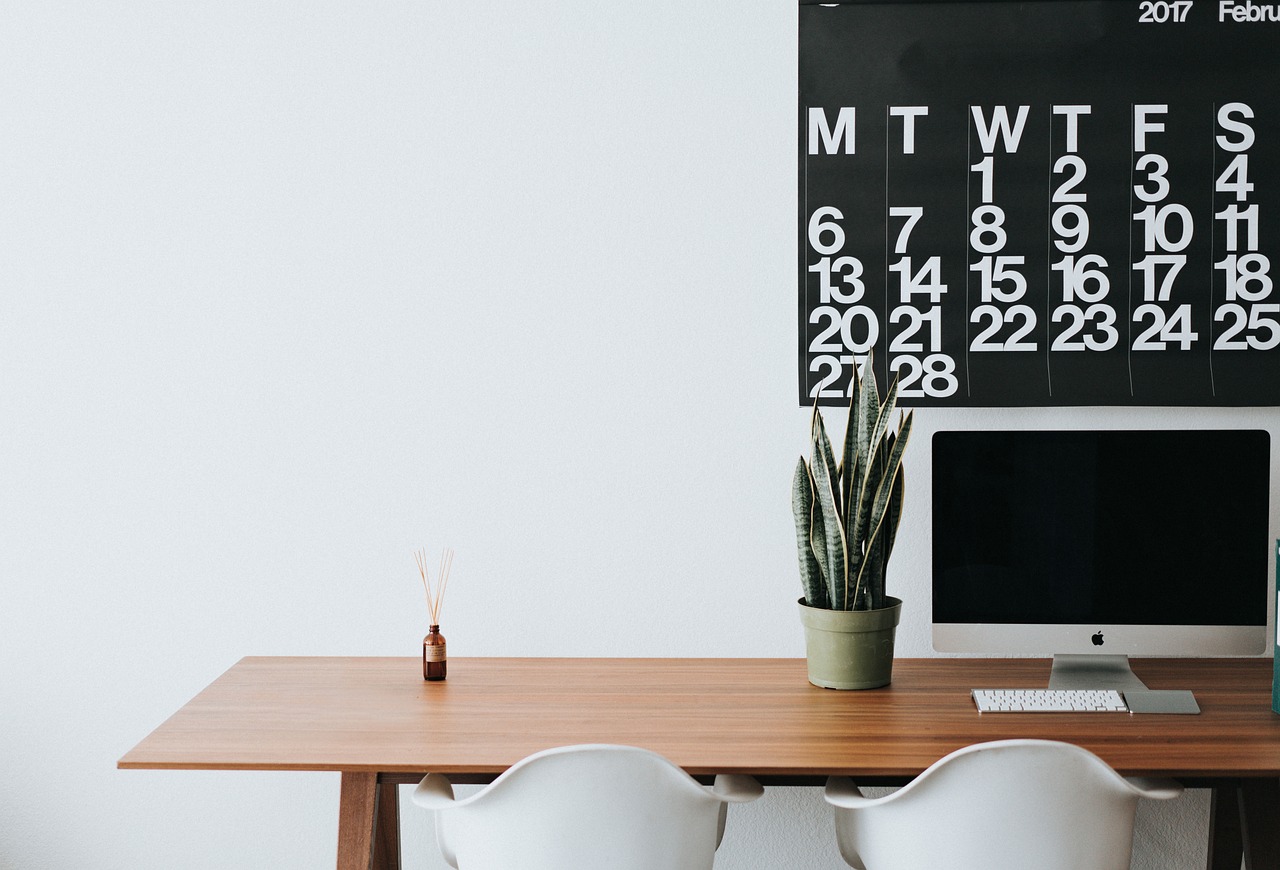
Preparing Your Workspace
Creating a quilted table runner can be an incredibly rewarding experience, but before you dive into the fun part of cutting and sewing, it’s essential to prepare your workspace. Think of your workspace as the canvas for your masterpiece; the more organized and inviting it is, the easier it will be to unleash your creativity. Start by choosing a location that offers ample space for your materials and tools. Ideally, this should be a well-lit area where you can spread out your fabric and batting without feeling cramped.
Next, gather all the necessary materials and tools you’ll need for your project. Having everything within arm's reach will save you from those frustrating moments of hunting for scissors or wondering where you put the rotary cutter. Consider setting up a dedicated quilting station with the following essentials:
- Cutting Mat: A self-healing cutting mat will protect your surfaces and provide a smooth cutting experience.
- Rotary Cutter: This tool will help you achieve clean, precise cuts.
- Rulers: A clear acrylic ruler will assist in measuring and cutting fabric accurately.
- Sewing Machine: Ensure your machine is in good working order and ready to go.
- Iron and Ironing Board: Pressing your fabric is crucial for achieving crisp seams and a professional finish.
Additionally, consider the arrangement of your workspace. Keep your cutting area separate from your sewing area to avoid clutter and confusion. You might even want to invest in a rolling cart or a set of storage bins to keep your fabrics organized by color or type. This way, you can easily grab what you need without rummaging through piles of fabric.
Don’t forget about lighting! Good lighting can make all the difference in your quilting experience. Natural light is ideal, but if that’s not possible, invest in some bright, adjustable lamps that illuminate your workspace without creating shadows. The right lighting will help you see the finer details of your fabric and stitching, ensuring that your project turns out beautifully.
Finally, take a moment to declutter your workspace. A tidy area not only helps you focus but also enhances your creativity. Remove any distractions and keep only the items that are essential for your quilting project. This simple act can transform your workspace into a haven for creativity, making the process of creating your quilted table runner even more enjoyable.
By taking the time to prepare your workspace thoughtfully, you’re setting yourself up for success. Just like a painter needs a clean canvas, a quilter needs an organized and inspiring environment to bring their vision to life. So roll up your sleeves, gather your materials, and get ready to create something beautiful!
Q: What is the best type of fabric to use for a quilted table runner?
A: Cotton fabric is often recommended due to its durability and ease of handling. It comes in a variety of patterns and colors, making it perfect for quilting projects.
Q: How do I choose the right batting for my table runner?
A: The choice of batting depends on the desired warmth and weight of your table runner. Cotton batting is great for a heavier feel, while polyester batting offers a lighter option.
Q: Can I use a regular sewing machine for quilting?
A: Yes, a regular sewing machine can be used for quilting. Just ensure that it has a walking foot or a free-motion foot to help with the quilting process.
Q: How do I prevent my fabric from shifting while quilting?
A: Proper layering and basting are key. Use safety pins or basting spray to secure the layers together before you start quilting to prevent any shifting.
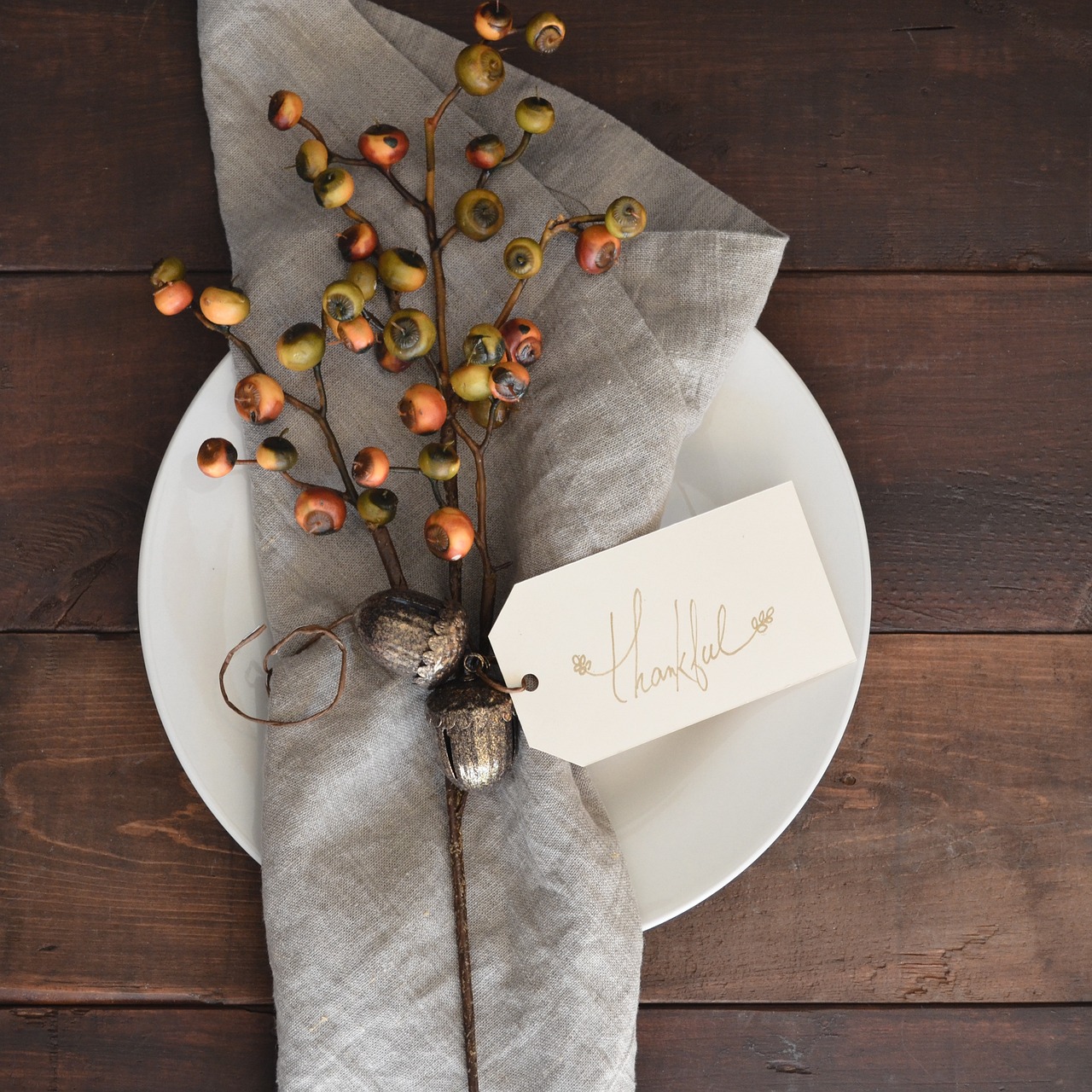
Cutting and Piecing Fabric
Accurate cutting and piecing are vital for a successful quilted table runner. Imagine trying to build a house with uneven bricks; it just wouldn’t stand, right? The same principle applies to quilting. If your fabric pieces aren’t cut precisely, your entire project can end up looking lopsided or unprofessional. To ensure your pieces fit together seamlessly, it’s essential to follow precise measurements and techniques. Start by laying out your fabric and deciding on the design you want to achieve. This pre-planning phase is like sketching a blueprint before construction; it sets the stage for everything that follows.
When it comes to measuring and cutting, mastering the right techniques is essential for accuracy. Using a rotary cutter and mat can make a world of difference. These tools help you achieve clean edges and consistent sizes, which are crucial for a polished look. Here’s a quick rundown of the process:
- Measure Twice, Cut Once: Always double-check your measurements before making any cuts. This old adage holds true in quilting!
- Use a Rotary Cutter: This tool allows for smooth, straight cuts, reducing the risk of fraying.
- Keep Your Ruler Steady: Align your ruler carefully and hold it firmly in place while cutting to avoid any slips.
After cutting your fabric, it’s time to piece it together. This is where the magic happens! Understanding basic sewing techniques is key to piecing your fabric together effectively. You’ll want to pay attention to seam allowances, which are the margins between the edge of your fabric and where you sew. A standard seam allowance is typically ¼ inch, but be sure to check your pattern for specific requirements. Additionally, pressing your seams open or to one side can help create a flat, professional finish.
Here’s a handy tip: when piecing your fabric, try to work in sections rather than trying to assemble the entire runner at once. This approach allows you to focus on smaller areas, making it easier to achieve precision. Think of it like assembling a puzzle; starting with the corners and edges can give you a strong foundation to build upon.
In summary, cutting and piecing fabric is an essential step in creating your quilted table runner. By focusing on accurate measurements and employing the right techniques, you’ll set yourself up for success. Remember, patience is key! Take your time, enjoy the process, and soon you’ll have a beautifully pieced table runner that you can be proud of.
Q: What tools do I need for cutting fabric?
A: Essential tools include a rotary cutter, cutting mat, quilting ruler, and fabric scissors. These will help ensure precise cuts.
Q: How do I determine the right seam allowance?
A: The standard seam allowance is usually ¼ inch, but always check your pattern instructions for specific requirements.
Q: Can I use regular scissors instead of a rotary cutter?
A: While you can use regular scissors, a rotary cutter provides cleaner and more accurate cuts, making it the preferred choice for quilting.
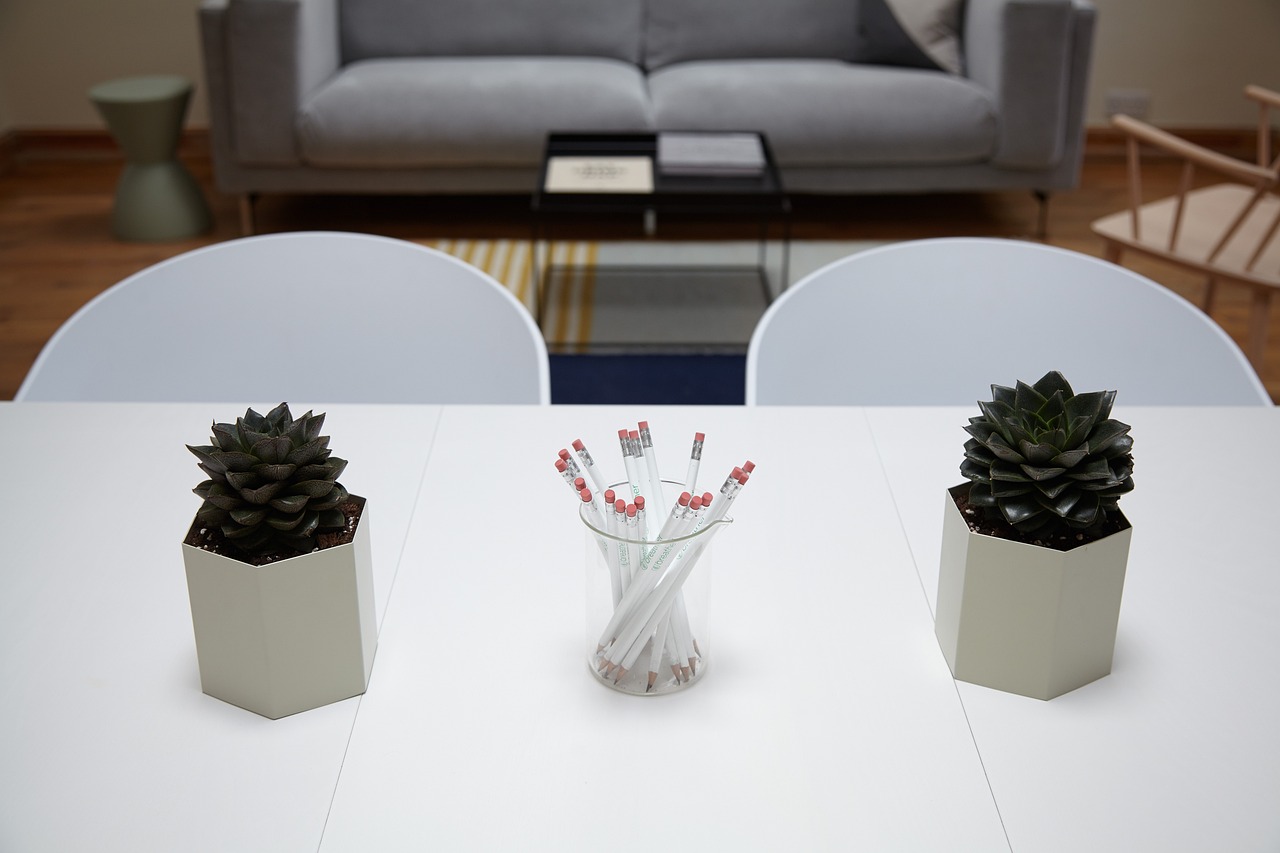
Measuring and Cutting Techniques
When it comes to creating a quilted table runner, the importance of accurate measuring and cutting cannot be overstated. Imagine trying to build a house without a solid foundation; the same principle applies here. If your fabric pieces aren’t cut accurately, the entire project can end up looking lopsided and unprofessional. So, let’s dive into some essential techniques that will help you achieve clean edges and perfect sizes.
First things first, always start with a reliable measuring tool. A clear ruler, preferably one that is marked in both inches and centimeters, will serve you well. When measuring your fabric, make sure to lay it out flat on a cutting mat. This will not only help you see the measurements more clearly but will also protect your surfaces from any damage caused by cutting tools.
Next, let’s talk about the rotary cutter. This handy tool is a game-changer when it comes to cutting fabric. Unlike scissors, a rotary cutter allows for smooth, straight cuts that can significantly reduce the risk of fraying edges. To use it effectively, place your ruler on the fabric where you want to cut, ensuring it’s aligned with your measurements. Then, simply roll the cutter along the edge of the ruler. This technique minimizes the chances of cutting inaccuracies and gives you a much cleaner edge.
Another tip to consider is to always cut multiple layers of fabric at once, if your design allows for it. This not only saves time but also ensures that all pieces are uniform in size. However, be cautious and make sure the layers are perfectly aligned before cutting. If they shift during the process, you might end up with mismatched pieces.
To further enhance your cutting precision, consider using a cutting mat with a grid. The grid will help you align your fabric accurately and keep your cuts straight. You can also use pins to hold the fabric layers together while cutting, especially if you’re working with slippery materials.
Finally, always double-check your measurements before making any cuts. It’s a simple step, but it can save you from making costly mistakes. A good practice is to measure twice and cut once. This mantra can be applied not just to quilting but to many crafting projects. If you follow these measuring and cutting techniques, you’ll be well on your way to creating a stunning quilted table runner that’s both beautiful and professionally finished.
- What type of fabric is best for a table runner? Cotton is often preferred due to its durability and ease of handling.
- How do I prevent my fabric from fraying? Use a rotary cutter for clean edges and consider using a pinking shear for raw edges.
- Can I machine quilt my table runner? Absolutely! Machine quilting is a great way to add texture and stability to your project.
- What is the best way to bind my table runner? Double-fold binding is popular for its neat finish, but bias binding can also add a nice touch.
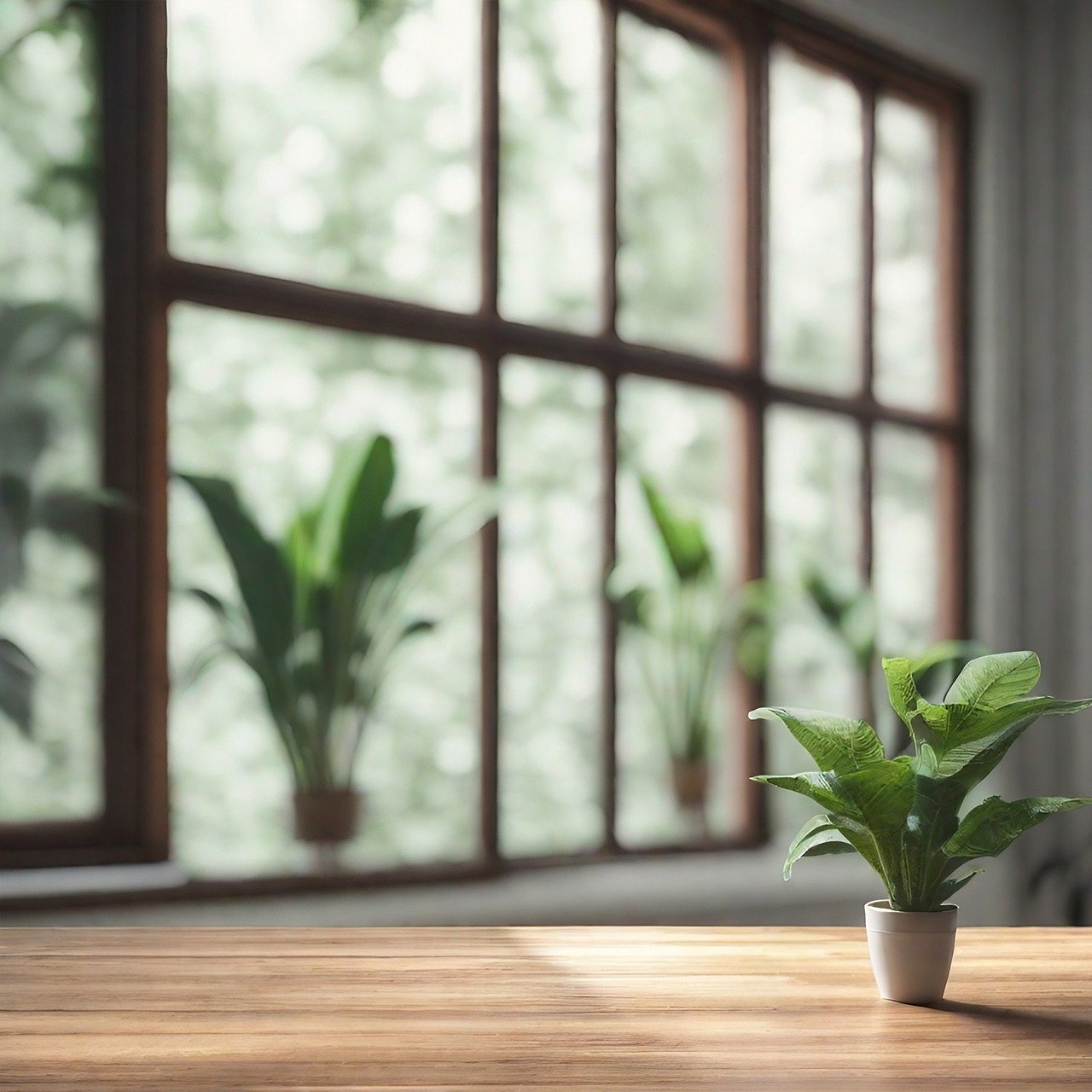
Sewing Techniques for Piecing
When it comes to piecing your fabric together, mastering sewing techniques is absolutely essential. Think of piecing as the foundation of your quilted table runner; if it’s not done right, the whole project can fall flat. One of the first things to understand is the importance of seam allowances. Typically, a seam allowance of ¼ inch is standard for quilting, but it’s crucial to be consistent. This small measurement can make a big difference in how your pieces fit together.
Another key technique is pressing your seams. After sewing two pieces together, you’ll want to press the seam open or to one side. This step is more than just a formality; it helps to create a flat surface that allows for more accurate piecing in subsequent steps. Imagine trying to stack a deck of cards that are all warped and uneven—pressing your seams ensures that your fabric lies flat, making it easier to sew the next piece.
Don’t forget about the importance of pinning. While some quilters might be tempted to skip this step, pinning your fabric can keep everything in place and prevent any shifting. Think of pins as your little helpers, holding everything together while you sew. Place them strategically along the edges of your fabric pieces, about every 3 to 4 inches, to ensure that everything stays aligned.
As you sew, maintain a steady pace. Rushing through the process can lead to uneven stitches and misaligned pieces, which can be frustrating to fix later. If you find yourself getting anxious or hurried, take a deep breath and remember: quilting is an art, and like any art form, it takes time and patience to perfect. If you’re using a sewing machine, keep your hands gently guiding the fabric through, and let the feed dogs do their job.
Lastly, consider using a walking foot on your sewing machine. This tool helps to evenly feed multiple layers of fabric through the machine, preventing any puckering or shifting. It’s especially useful when working with thicker fabrics or multiple layers, like when you're piecing together your quilt top. Investing in a walking foot can save you a lot of headaches and ensure that your piecing is as smooth as possible.
In summary, the sewing techniques you employ for piecing are crucial to the success of your quilted table runner. From understanding seam allowances to the importance of pressing and pinning, each step contributes to a polished and professional finish. So before you dive into sewing, take a moment to review these techniques and set yourself up for success!
Q: What is the best seam allowance for quilting?
A: The standard seam allowance for quilting is typically ¼ inch. Consistency is key, so make sure to stick to this measurement throughout your project.
Q: How do I prevent fabric from shifting while I sew?
A: Pinning your fabric pieces together before sewing can help prevent shifting. Place pins every 3 to 4 inches along the edges to keep everything aligned.
Q: Why is pressing seams important?
A: Pressing seams helps to create a flat surface, making it easier to piece subsequent fabric together accurately. It also enhances the overall appearance of your quilt.
Q: Should I use a walking foot for quilting?
A: Yes, a walking foot is highly recommended for quilting as it helps to evenly feed multiple layers of fabric through the machine, reducing puckering and shifting.
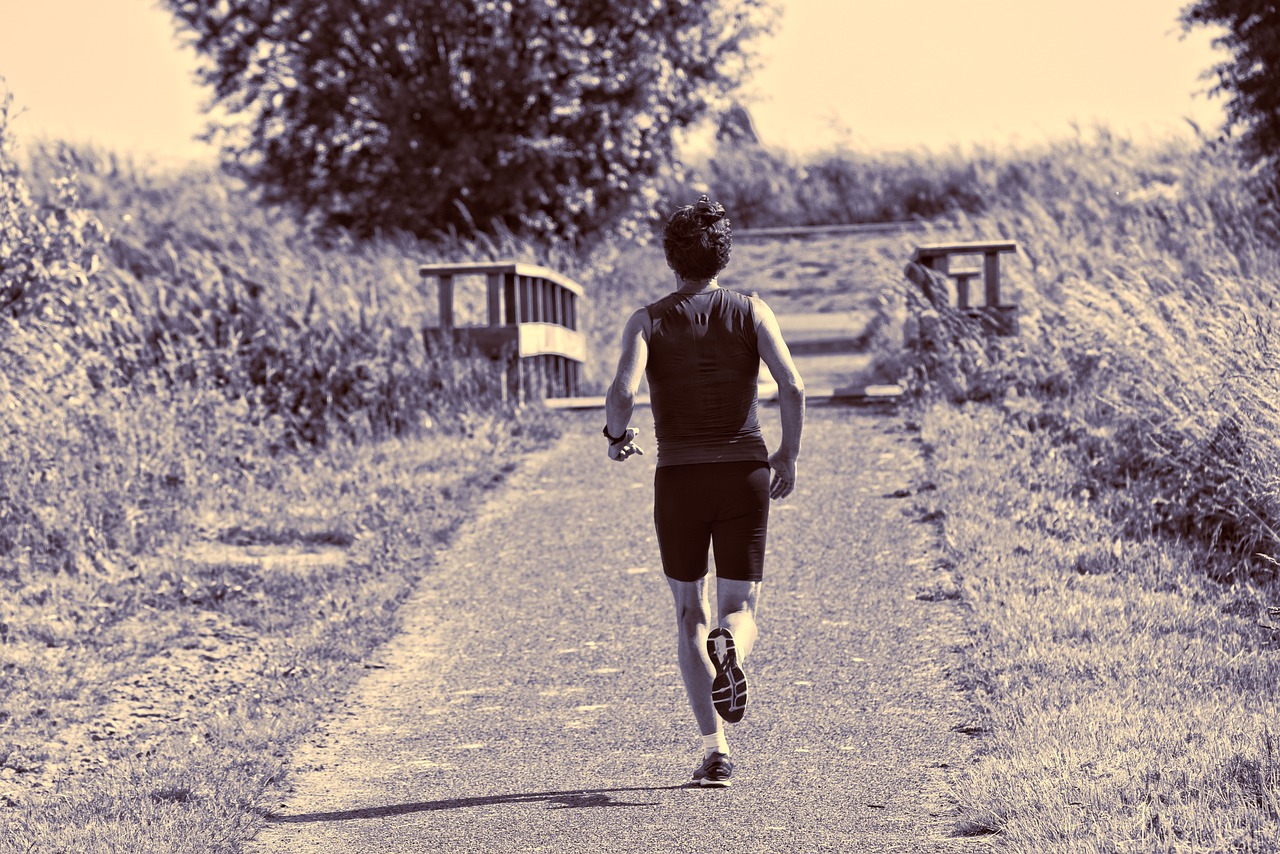
Quilting Your Table Runner
Once your pieces are assembled, it's time to dive into the exciting world of quilting. This step is not just about securing the layers together; it adds texture and stability to your table runner, transforming it from a simple fabric arrangement into a beautiful, functional piece of art. Imagine how satisfying it will be to see your creation come to life as you quilt it all together!
Before you start, it's essential to choose the right quilting pattern. The pattern you select can drastically influence the overall aesthetic of your table runner. For instance, a straight-line quilting pattern offers a clean and modern look, while free-motion quilting can introduce a playful and artistic flair. Decorative stitching can also add a unique touch, making your table runner a true reflection of your personality. Consider the following options:
- Straight-line quilting: Simple and elegant, perfect for beginners.
- Free-motion quilting: Allows for creative expression and intricate designs.
- Decorative stitching: Adds flair and character, ideal for personal touches.
Once you've chosen your pattern, the next step is to properly layer and baste your materials. Proper layering is crucial; it ensures that your fabric, batting, and backing are aligned correctly, preventing any shifting during the quilting process. Start by laying your backing fabric on a flat surface, right side down. Then, place your batting on top, followed by your quilt top, right side up. This layering method creates a sandwich of materials that will be quilted together.
Basting is the technique that holds everything in place. You can use safety pins, basting spray, or large stitches to secure the layers. Just remember, the goal is to keep everything stable while you quilt, so don’t skimp on this step! A well-basted quilt will save you from headaches later on.
Now that your layers are secure, it’s time to quilt! Start at one end and work your way to the other, following the pattern you’ve chosen. Take your time, and don’t rush through this process. Quilting can be meditative, so enjoy the rhythm of the sewing machine as it stitches through the layers. If you’re using a sewing machine, remember to adjust the tension and stitch length according to the thickness of your fabric and batting. A good rule of thumb is to keep your stitch length between 2.5 to 3.0 mm for a balanced look.
As you quilt, keep an eye on the back of your runner as well. It’s easy to get caught up in the front design, but ensuring that the back looks just as good is part of achieving a professional finish. If you notice any puckering or uneven stitching, it might be worth it to stop and adjust your layers or tension before moving on.
Finally, once you've finished quilting, take a moment to admire your work. The texture and design will add depth to your table runner, making it not just a functional item, but a stunning centerpiece for your dining table. With each stitch, you've added a piece of yourself into this project, and that’s what makes it truly special.
Q: What type of thread should I use for quilting?
A: It's best to use 100% cotton thread for quilting, as it provides strength and durability. However, polyester thread can also work well, especially for decorative stitching.
Q: Can I quilt by hand instead of using a sewing machine?
A: Absolutely! Hand quilting can be a rewarding experience, allowing for more control and creativity. Just be prepared for a longer time commitment.
Q: How do I fix puckering in my quilt?
A: If you notice puckering, it may be due to uneven tension or improper basting. You can try to gently pull the fabric to smooth it out, but prevention is key—make sure to baste well and adjust your machine settings before starting.
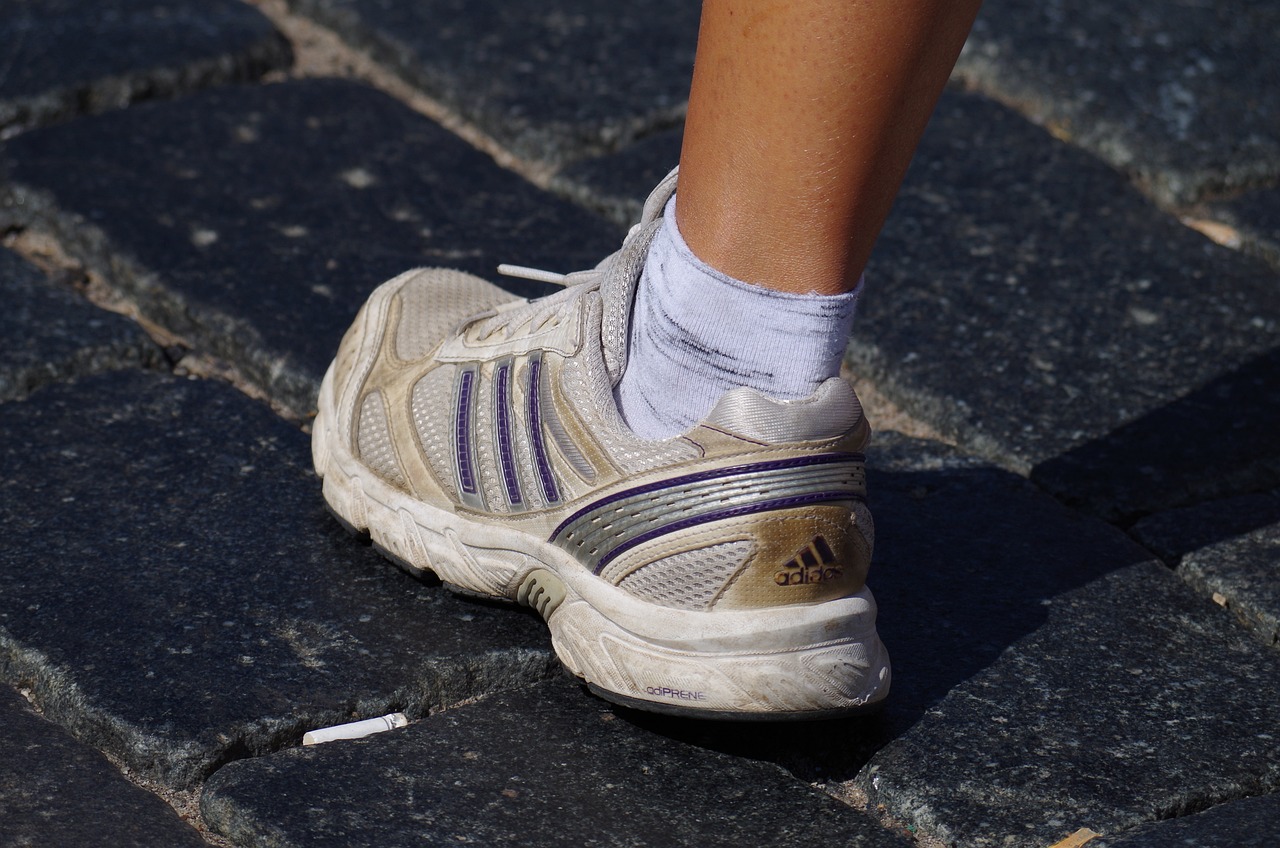
Choosing Quilting Patterns
When it comes to creating a quilted table runner, choosing the right quilting pattern can truly make or break your project. Think of it as the icing on the cake—while the fabric and piecing are the foundation, the quilting pattern adds that essential visual flair. So, how do you go about selecting the perfect pattern? Well, first, consider the overall style of your home decor. Do you lean more towards modern minimalism or cozy, rustic charm? The pattern you choose should harmonize with your existing decor to create a cohesive look.
Next, think about the mood you want to convey. Are you going for something playful and whimsical, or do you prefer a more elegant and sophisticated vibe? For instance, if your table runner is for a festive occasion, you might opt for a lively, free-motion design that dances across the fabric. On the other hand, a straight-line quilting pattern can offer a more classic and refined appearance, making it suitable for formal dining settings.
Moreover, don’t underestimate the impact of texture. Different quilting patterns can produce varying textures, which can enhance the tactile experience of your table runner. For example, a stippling pattern creates a soft, quilted feel, while a geometric pattern can add a contemporary edge to your design. To help you visualize your options, here’s a quick overview of popular quilting patterns:
| Pattern Type | Description | Best For |
|---|---|---|
| Straight-Line | Simple, clean lines that run parallel or in a grid. | Modern and minimalist designs. |
| Free-Motion | Allows for creative, flowing designs that can be intricate. | Whimsical and artistic projects. |
| Stippling | Small, meandering stitches that create a soft texture. | Casual and cozy settings. |
| Geometric | Sharp angles and shapes that create a bold look. | Contemporary and modern aesthetics. |
As you ponder your options, don't forget to consider the skill level required for each pattern. Some patterns may be more complex and require advanced techniques, while others are beginner-friendly. If you’re new to quilting, starting with a straightforward pattern can help build your confidence and skill set. Remember, the goal is to enjoy the process while creating something beautiful!
Lastly, don’t shy away from experimenting! Mixing and matching patterns can yield stunning results. You might choose a simple background pattern and pair it with a more intricate design for the borders. This approach not only adds depth but also showcases your creativity. So, grab your fabric and let your imagination run wild—your perfect quilting pattern is waiting to be discovered!
- What is the best fabric for a quilted table runner? Cotton is often recommended for its durability and ease of use, but you can also explore blends for unique textures.
- How do I choose the right batting? Consider the thickness and material; cotton batting provides warmth while polyester is lighter and more resilient.
- Can I use a sewing machine for quilting? Absolutely! A sewing machine can make the process faster and more efficient, especially for larger projects.
- What if I make a mistake while quilting? Don’t worry! Mistakes are part of the learning process. You can often fix them with a little creativity or by redoing sections.
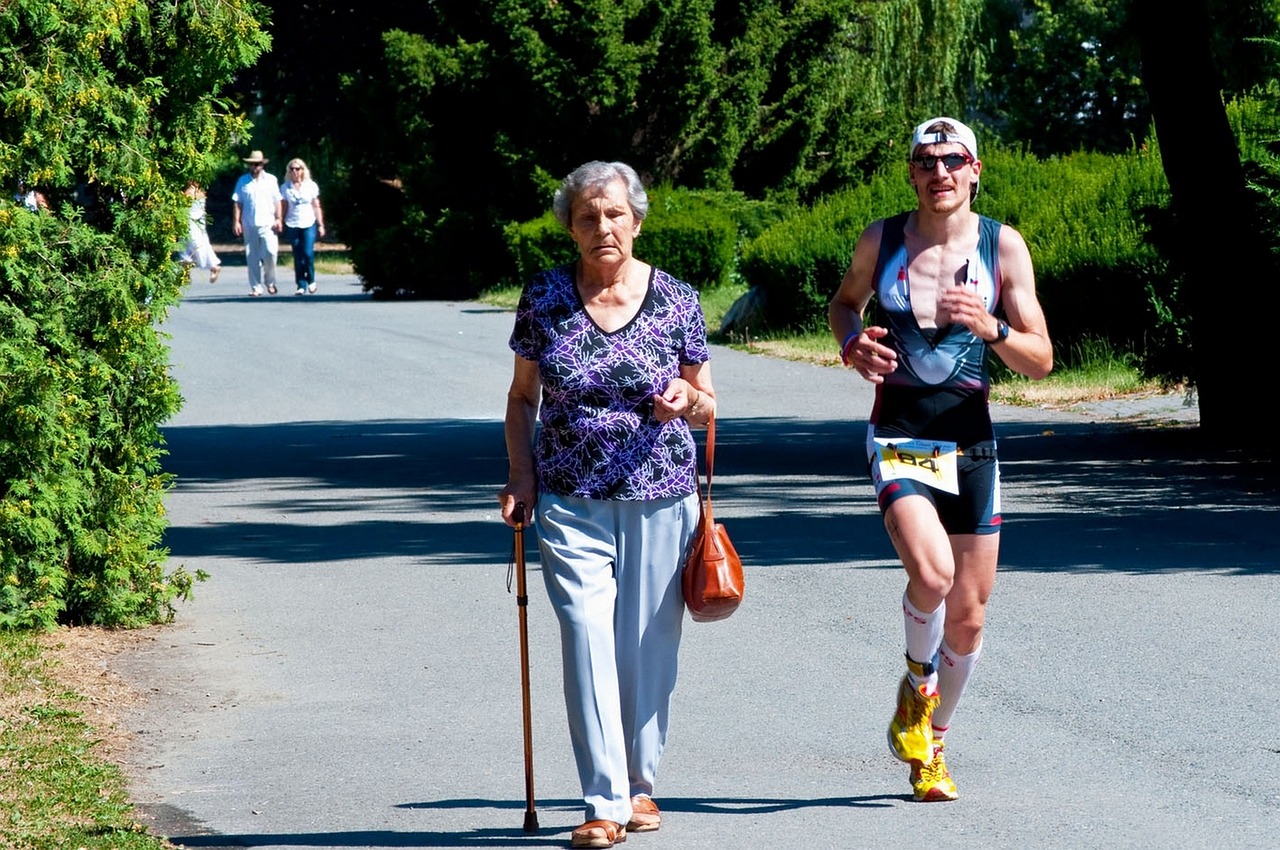
Layering and Basting
Layering and basting are crucial steps in the quilting process that ensure your quilted table runner not only looks great but also holds together beautifully. Imagine trying to stack a deck of cards without a solid base; it just wouldn't work! The same principle applies to quilting. You need to create a stable foundation for your layers of fabric, batting, and backing. Start by laying out your backing fabric on a flat surface, ensuring it is smooth and wrinkle-free. This is the first layer, and it sets the stage for everything that follows.
Next, place your batting on top of the backing. Batting acts as the insulating layer, providing warmth and texture to your table runner. It's essential to choose the right type of batting for your project, as it can significantly impact the final look and feel. After that, it's time to add your quilt top, which is the layer that showcases your beautiful fabric designs. Align it carefully with the batting and backing to avoid any misalignment that could lead to an uneven finish.
Once all layers are in place, it’s time to baste them together. Basting is like giving your quilt a big hug to keep everything in place while you sew. You can use safety pins, basting spray, or even long stitches with a needle and thread to secure the layers. Each method has its benefits:
- Safety Pins: Quick and easy, but be sure to remove them as you sew.
- Basting Spray: Provides a temporary hold and is less intrusive, but be cautious about overspray.
- Long Stitches: Takes a bit more time but offers a very secure hold.
Whichever method you choose, make sure to space your basting points evenly to prevent any shifting during the quilting process. A good rule of thumb is to place them every 4 to 6 inches apart. This will keep your layers secure and help you achieve that smooth, professional finish you’re aiming for. Once you’ve basted your layers, you’re ready to move on to the exciting part—quilting your table runner!
Q: How do I choose the right batting for my table runner?
A: The right batting depends on your desired warmth and weight. Cotton is great for a soft feel, while polyester is more durable and lightweight. Wool provides warmth but can be a bit heavier. Consider your project needs before choosing!
Q: Can I use any fabric for the backing?
A: Yes, you can use any fabric for the backing, but it’s best to choose something that complements your quilt top. Just ensure it's sturdy enough to hold the layers together.
Q: How do I prevent my layers from shifting while I quilt?
A: Properly basting your layers is key. Use a method that works best for you, and ensure your basting points are evenly spaced to minimize movement during quilting.
Q: What if I don’t have a quilting frame?
A: No worries! You can quilt your table runner on a regular sewing machine. Just make sure to work in sections and keep everything aligned as you go.
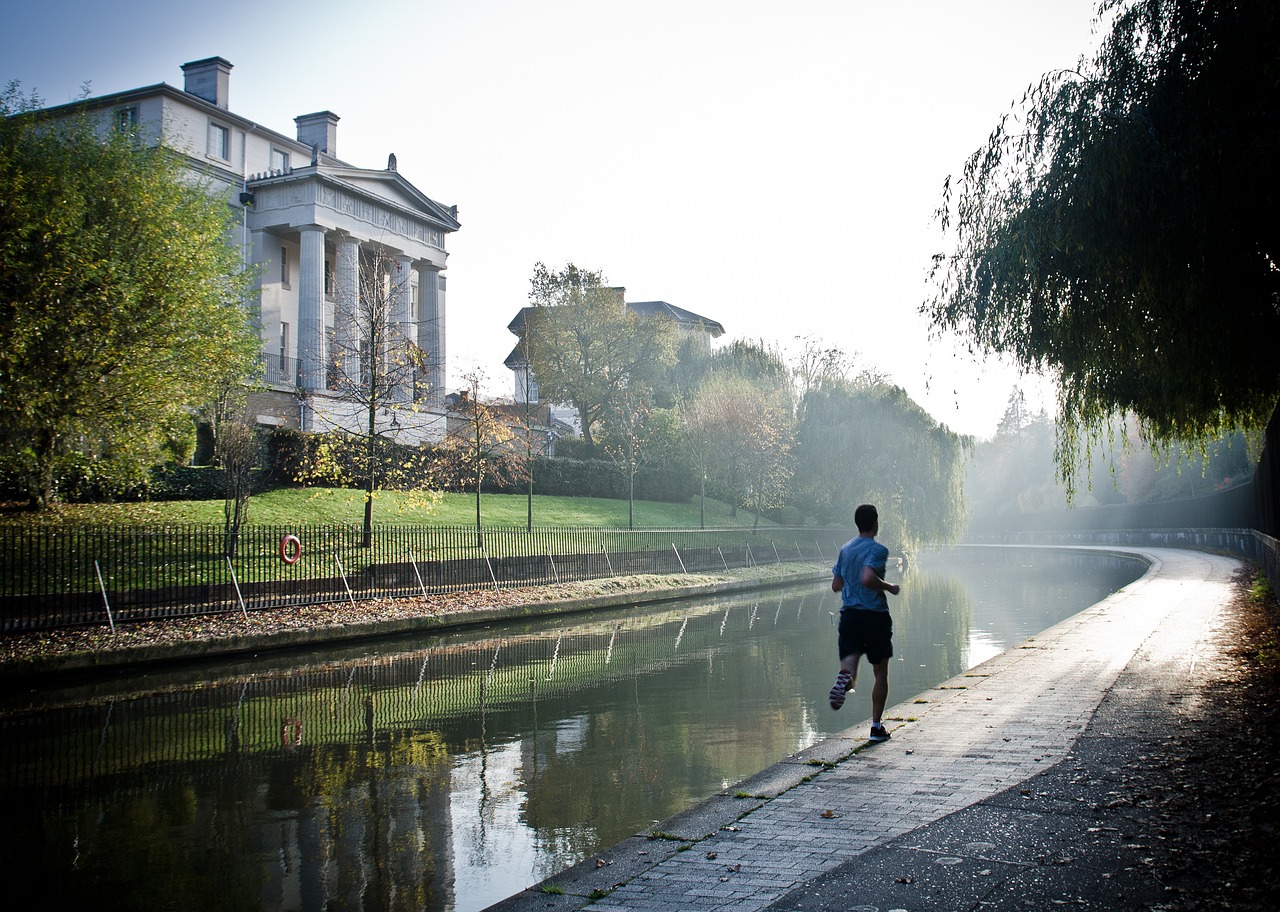
Finishing Touches
When it comes to crafting a quilted table runner, the are what truly bring your project to life. This is where you can add those little details that not only enhance the aesthetic appeal but also showcase your personal style. Think of it as the icing on the cake; without it, your creation might feel incomplete. So, let’s dive into some essential techniques that will transform your table runner into a stunning centerpiece.
First up is binding. This is the final step that frames your table runner and gives it a polished, professional look. There are several binding methods you can choose from, including double-fold binding and bias binding. Each method has its own unique charm, and the choice largely depends on your preference and the overall design of your table runner. For instance, double-fold binding provides a neat finish and is quite easy to sew, while bias binding can offer more flexibility around curves. Here’s a quick comparison:
| Binding Method | Description | Best For |
|---|---|---|
| Double-Fold Binding | Simple to sew, creates a clean edge. | Straight edges and corners. |
| Bias Binding | Stretches around curves, more versatile. | Curved edges and intricate designs. |
After binding, you might want to consider adding some personal touches to make your table runner truly one-of-a-kind. This could be anything from appliqué to embroidery or even decorative stitching. Imagine adding a few embroidered flowers or a whimsical design that reflects your personality! These embellishments not only enhance the visual appeal but also tell a story, making your table runner a conversation starter at gatherings.
Lastly, don’t forget about the importance of care and maintenance for your quilted table runner. A beautiful piece deserves to be well cared for, so consider how you’ll clean it and keep it looking fresh. Most quilted items can be machine washed on a gentle cycle, but always check your fabric and batting recommendations. You might also want to invest in a fabric spray or a gentle detergent to maintain the vibrancy of your colors.
In conclusion, the finishing touches are what elevate your quilted table runner from just a project to a cherished piece of décor. Whether it’s through binding techniques or personal embellishments, these final steps are your opportunity to express creativity and uniqueness. So, roll up your sleeves and let your imagination run wild!
Q1: How do I choose the right fabric for my table runner?
A: Consider the color, pattern, and texture that will complement your home decor. Cotton is a popular choice for its durability and ease of handling.
Q2: What type of batting should I use?
A: Cotton batting is great for warmth and a soft feel, while polyester batting is lighter and more resilient. Choose based on the desired effect for your table runner.
Q3: Can I machine wash my quilted table runner?
A: Yes, most quilted items can be machine washed on a gentle cycle. However, always check the care instructions for your specific fabric and batting.
Q4: How can I personalize my table runner?
A: You can add appliqué, embroidery, or decorative stitching to make your table runner unique. These personal touches will reflect your style and creativity.
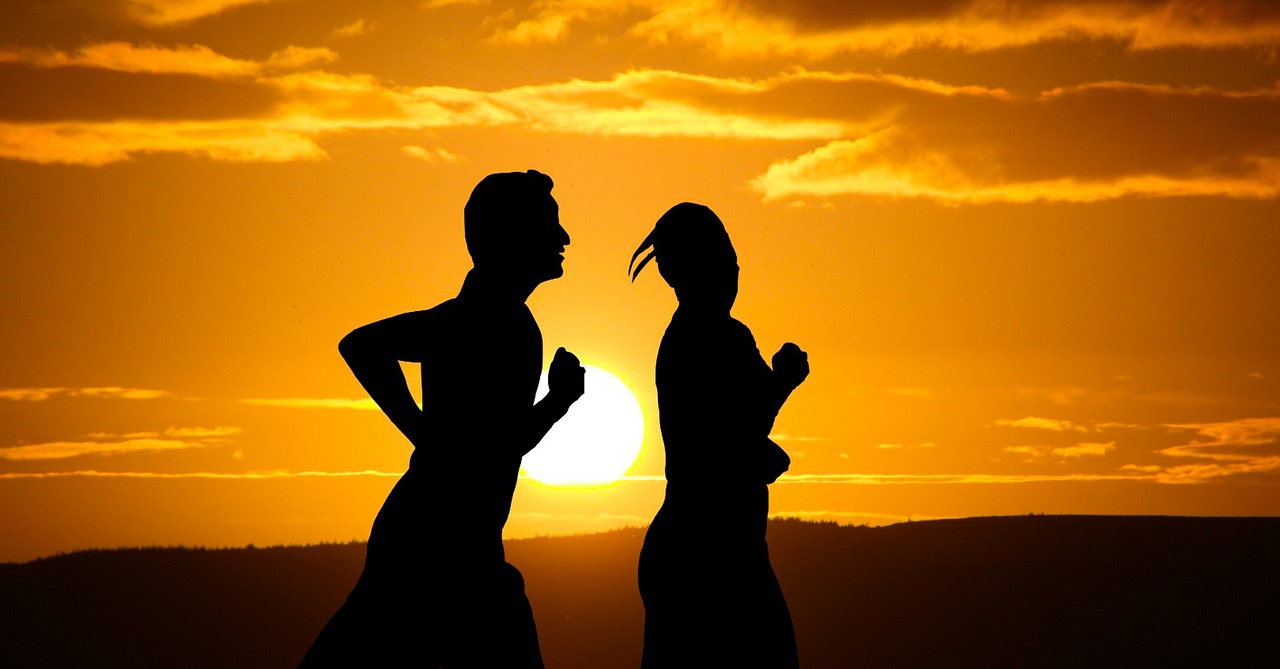
Binding Techniques
Binding is the final touch that transforms your quilted table runner from a simple project into a stunning centerpiece. It’s like the icing on a cake; without it, your runner may feel incomplete. There are various binding methods you can choose from, but understanding the most popular techniques will help you achieve that professional finish you desire.
One of the most common methods is the double-fold binding. This technique involves cutting strips of fabric, folding them in half, and then sewing them to the edges of your runner. The beauty of double-fold binding is in its simplicity and versatility. It provides a clean, finished edge while also allowing you to showcase a contrasting fabric that can enhance your design. When using this method, be sure to cut your strips at least 2.5 inches wide for optimal coverage.
Alternatively, you might want to explore bias binding. This technique is particularly useful for curved edges, as it allows the fabric to bend and mold around corners without puckering. To create bias binding, you’ll cut your fabric at a 45-degree angle to the grain, which gives the binding a bit of stretch. This method can add a unique flair to your table runner, especially if you choose a fabric that contrasts with the main design.
When binding your table runner, consider the following tips to ensure a smooth process:
- Press as You Go: Always press your binding strips before attaching them. This helps to eliminate wrinkles and gives you a crisp edge.
- Pin for Precision: Use plenty of pins to secure the binding in place while you sew. This prevents shifting and ensures that your binding stays aligned.
- Finish Neatly: When you reach the end of your binding, take extra care to join the ends neatly. There are various methods to do this, such as the “overlapping” technique, which can give a seamless appearance.
In addition to traditional binding methods, you can also experiment with decorative stitches or even add embellishments like lace or rickrack along the edges. This can give your table runner a unique character that reflects your personal style. Remember, binding is not just a functional element; it’s an opportunity to express your creativity!
Finally, don’t forget to take a moment to admire your work once the binding is complete. A beautifully bound table runner not only enhances your dining experience but also serves as a testament to your crafting skills. So, roll up your sleeves, choose the binding technique that resonates with you, and get ready to elevate your quilting game!
Q: What is the best fabric for binding?
A: Cotton fabric is highly recommended for binding due to its durability and ease of handling. It also presses well, which is essential for a neat finish.
Q: How wide should I cut my binding strips?
A: A common width for binding strips is 2.5 inches. This provides enough fabric to wrap around the edge of your runner and secure it effectively.
Q: Can I use a sewing machine for binding?
A: Absolutely! A sewing machine is the best tool for attaching binding, as it allows for precise stitching along the edges. Just remember to use a straight stitch for a clean look.
Q: How can I prevent my binding from fraying?
A: To prevent fraying, consider using a zigzag stitch along the raw edges of your binding before sewing it onto your table runner. This adds extra security and durability.
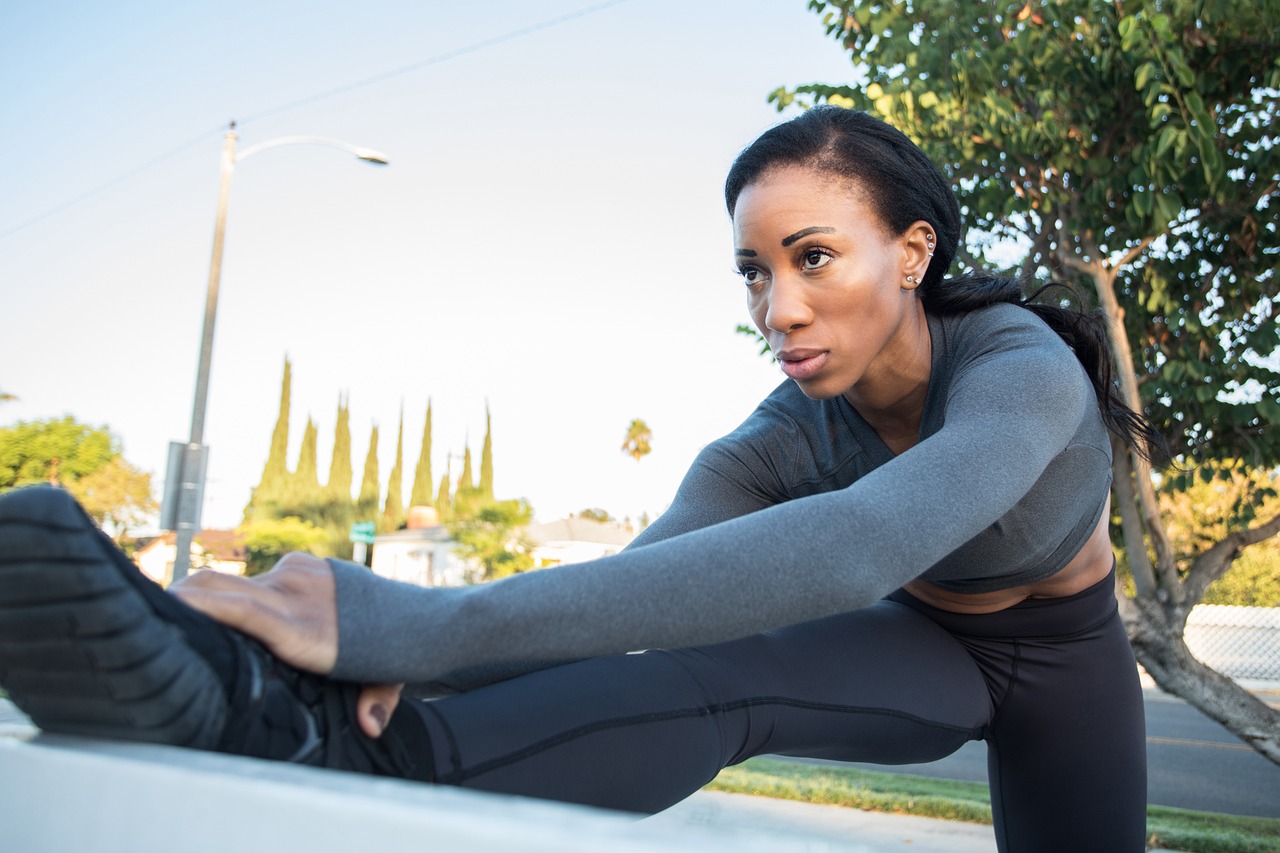
Adding Personal Touches
When it comes to crafting your quilted table runner, the beauty lies in the details. Adding personal touches is what transforms a simple project into a stunning centerpiece that reflects your unique style and creativity. Think of your table runner as a blank canvas; the choices you make can turn it into a masterpiece that tells a story. Whether it's through color, texture, or embellishments, these elements can elevate your creation from ordinary to extraordinary.
One fantastic way to personalize your table runner is by incorporating appliqué. This technique involves sewing one piece of fabric onto another, allowing you to create shapes and designs that resonate with your aesthetic. For instance, if you love nature, consider adding leaf or flower shapes in vibrant colors. This not only adds dimension but also creates a visual narrative that can be a great conversation starter during gatherings.
Another method to infuse personality into your runner is through embroidery. A few well-placed stitches can add intricate designs or meaningful quotes that resonate with you. Imagine a delicate floral pattern or a whimsical phrase stitched along the edge of your runner. This not only enhances its beauty but also makes it uniquely yours. If you're not sure where to start, you can find countless embroidery patterns online, or you could even create your own!
Don't underestimate the power of decorative stitching either. This technique can be used to enhance seams or create borders that pop. By choosing contrasting thread colors or interesting stitch patterns, you can add a touch of flair that draws the eye. For example, a simple straight stitch can be transformed into a zigzag or a scalloped edge, giving your table runner a playful yet sophisticated look.
As you think about personalizing your table runner, consider the color palette as well. Choosing colors that complement your home décor can create a cohesive look that ties your space together. You might opt for seasonal colors, such as warm oranges and browns for fall or bright pastels for spring. Whatever you choose, make sure it resonates with your style and enhances the ambiance of your dining area.
Lastly, don't forget about the size and shape of your table runner. Customizing these aspects can make a significant difference in how your runner fits into your space. Whether you prefer a long, narrow runner that drapes elegantly over the table or a wider one that serves as a bold statement piece, tailoring the dimensions to suit your needs can enhance both functionality and aesthetics.
In summary, adding personal touches to your quilted table runner is all about expressing your individuality. From appliqué and embroidery to decorative stitching and thoughtful color choices, the possibilities are endless. Take your time to explore different ideas and techniques, and don't hesitate to experiment. After all, the most beautiful creations often come from a place of passion and creativity!
- What type of fabric is best for a quilted table runner? Cotton is generally the best choice due to its durability and ease of handling. However, blends can also work well depending on the desired texture.
- Can I use a sewing machine for quilting? Absolutely! A sewing machine can speed up the process and provide more consistent stitching compared to hand sewing.
- How do I care for my quilted table runner? It's best to check the care instructions for your specific fabric, but generally, gentle washing and air drying will help maintain its beauty.
Frequently Asked Questions
- What type of fabric is best for a quilted table runner?
When choosing fabric for your quilted table runner, cotton is often the best choice due to its durability and ease of handling. However, you can also consider blends or polyester for added strength and variety in texture. Think about the colors and patterns that will complement your home decor!
- How do I choose the right batting?
Choosing the right batting is essential for the look and feel of your table runner. Cotton batting is breathable and gives a natural look, while polyester is more resilient and lightweight. Wool batting provides warmth and loft, so consider what you want your runner to achieve in terms of warmth and weight.
- What tools do I need to make a quilted table runner?
To create a quilted table runner, you'll need some essential tools like a rotary cutter, cutting mat, quilting ruler, and a sewing machine. These tools will help you make precise cuts and achieve clean seams, making your quilting experience smoother and more enjoyable.
- How can I ensure accurate cutting and piecing?
Accuracy is key when cutting and piecing fabric. Make sure to measure twice and cut once! Use a rotary cutter for clean edges and a quilting ruler for consistent sizes. Following a pattern can also help you keep everything aligned and looking professional.
- What are some popular quilting patterns to consider?
There are many quilting patterns to choose from! Straight-line quilting is simple and effective, while free-motion quilting allows for more creativity and artistic expression. Decorative stitching can also add a unique touch to your table runner, so pick a pattern that resonates with your style!
- How do I finish my quilted table runner?
Finishing touches are what make your table runner stand out! Binding is the final step that frames your project, and you can choose from various methods like double-fold or bias binding. Adding personal touches like appliqué or embroidery can also make your runner truly one-of-a-kind.



















